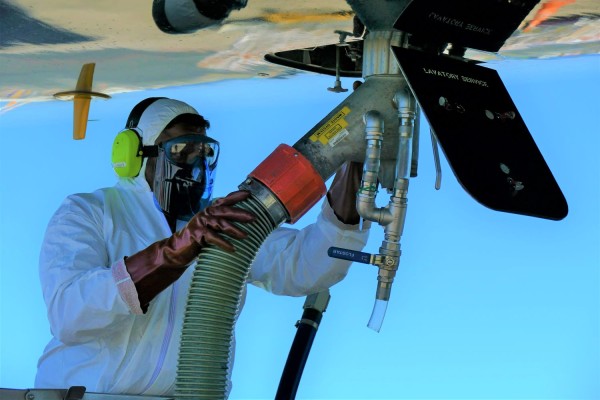Testing wastewater from international aircraft arriving in Aotearoa can identify new and potentially dangerous infectious diseases not already present in the country, according to research led by the Institute of Environmental Science and Research (ESR) and funded by Te Niwha.
Researchers collected sewage waste from more than 80 international aircraft on arrival in New Zealand in late 2024. The wastewater was then tested for the presence of potential disease-causing bacteria and viruses.
Using new metagenomics technology, researchers were not only able to detect the virus that causes COVID-19 in the wastewater, but specific variants not known to be present in Aotearoa at the time, but which subsequently showed up in council wastewater surveillance.
Researchers also identified other viruses, funguses and bacteria of potential health concern, including Adenovirus, which can cause severe respiratory problems, Shigella, which causes diarrhea and Candida tropicalis which can be dangerous to immunocompromised individuals.
Te Niwha is the national infectious diseases research platform and funds scientists and communities to do work that ensures Aotearoa is best prepared for the next pandemic and existing disease threats.
The wastewater project was co-led by ESR senior scientists Drs Brent Gilpin and Jo Chapman.
Dr Gilpin says the project aimed to determine whether testing international aircraft sewage could accurately identify infectious diseases present in different parts of the world before they became established in Aotearoa.
“We found the technology worked and it is an efficient way to boost existing surveillance and give authorities a heads-up on diseases at the border before they gain a foothold in the community or health care facilities.
“Our research proved that during a future pandemic or major infectious disease outbreak, screening aircraft wastewater is a feasible, cost-effective and non-invasive method for early detection at the border of infectious diseases, and even specific subtypes/variants. The technology can also help understand diseases circulating around the world and whether diseases are increasing, remaining stable, or declining. For diseases we don’t see often in New Zealand, detection of new pathogens in wastewater could be used to prompt clinicians and testing laboratories to consider requesting tests for those diseases, particularly if there is a an increase in undiagnosed illness.”



